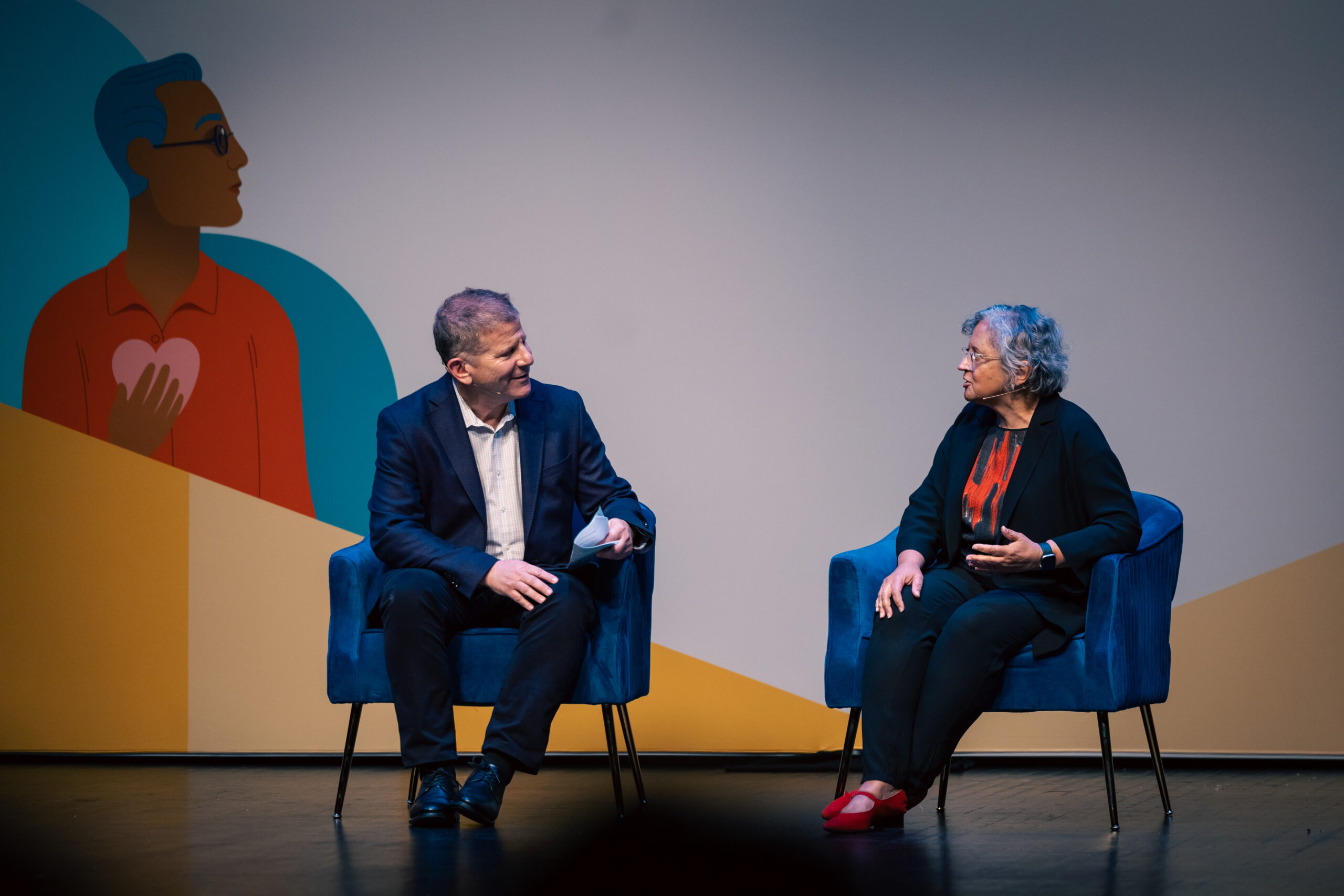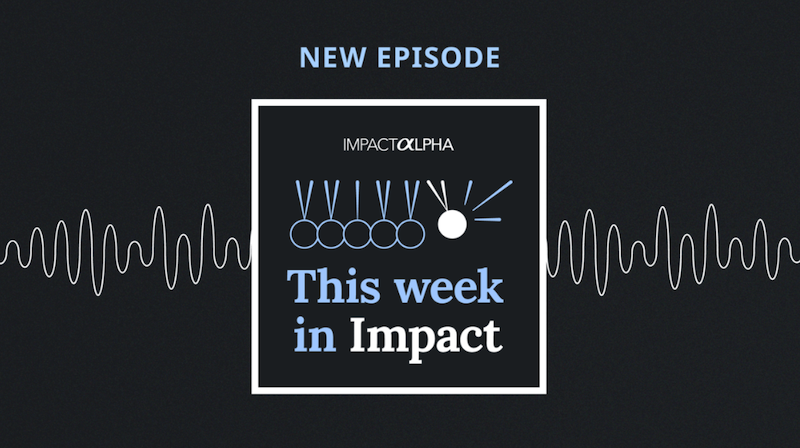ImpactAlpha, May 29 – In the mobilization of global capital to meet the 2030 Sustainable Development Goals, private equity firms investing in emerging or “growth” markets have a special and perhaps irreplaceable role to play.
So ImpactAlpha took another look at a report released by EMPEA (for Emerging Markets Private Equity Association) at their conference earlier this month. The report promises “current approaches and best practices” in private equity’s role in delivering the SDGs.
One of the main sponsors and contributors to the report is The Abraaj Group, the Dubai-based “growth markets” investor headed by Arif Naqvi, who was until late last year among the most visible champions of private-equity SDG investing. A principal author of the new report is Tania Choufani, who heads Abraaj’s ESG (for environmental, social and governance) practice. The report was published in the midst of Abraaj’s stunning fall from grace in the face of scrutiny from limited partners.
It would seem that “best practices” don’t include alleged accounting irregularities, the return of funds to investors, the halting of new fundraising, the sell-off of parts of the firm, the loss of key executives and the specter of a forced transfer of the firm’s crown jewel of SDG investing, the $1 billion “Abraaj Growth Markets Health Fund” to rival TPG’s Rise Fund — all of which have afflicted Abraaj in recent months. We’ve been updating our backgrounder with the latest developments.
>>MORE: What we know about Abraaj’s $1B health fund — and the mystery of the firm’s finances
What’s more, the other partners in the new report are the U.K.’s CDC Group and its spin-off private-equity firm, Actis. CDC group is among the limited partners in Abraaj’s health funds, and is reportedly among the subset, along with the Bill & Melinda Gates Foundation, who pressed for the initial audit of Abraaj’s accounting and are now discussing the health fund’s transfer to TPG’s Rise Fund. CDC’s Mark Eckstein and Salma Moolji were part of the report’s editorial team. Abraaj officials did not respond to a request to comment.
Actis has raised more than $13 billion since 2004 and has invested $7.8 billion across more than 200 deals in Africa, Asia and Latin America in the consumer, energy, financial services, healthcare, industrials and real estate sectors. The U.K. government sold its remaining 40% share in Actis in 2012.
The How
The report makes a compelling case for private equity firms to drive change at scale and speed, especially in emerging markets. Key SDGs, such as renewable energy, health care, education, food production and gender “play to the PE agenda,” the report said. (The top global risks identified by the World Economic Forum’s most recent survey are directly related to the SDGs, according to the report. Those include extreme weather events, food security, biodiversity loss and ecosystem collapse, “all of which can have material impacts on a company’s operational costs, reputation and profitability.”)
“Exits that demonstrate a return on social value will become the norm in the near term,” the report concludes.
Perhaps most importantly, SDG investing will bring in the checks. Limited partners, the report says, will “increasingly commit to firms that show credible commitment to the SDG agenda and, more broadly, societal expectation shifts to a ‘profit for all’ mindset.”
Many firms are assessing, mapping and aligning, the authors report. But, “The SDGs are not yet being widely used by managers to influence strategies, direct investment policies or drive the development of new approaches and products.”
Take LGT Impact, for example, the impact investing arm of the $206 billion LGT Group, the asset manager of the royal family of Liechtenstein. The report cites LGT Impact’s claim that, “Together with our portfolio companies, we align with and contribute to the achievement of 12 out of 17 U.N. Sustainable Development Goals (SDGs).” The new head of LGT Impact is Sev Vettivetpillai, who previously headed impact investing for Abraaj.
Among the firms integrating SDGs more deeply into their practices is LeapFrog Investments, which specializes in insurance and other financial services in emerging markets. LeapFrog’s FIIRM framework rolls up financial, impact, innovation and risk management factors. For example, LeapFrog tracks as a “key performance indicator” across its investments the number of low-income people accessing insurance, financial services and health care products. That metric, the report notes, aligns with SDG No. 1 (No Poverty) and No. 3 (Good Health and Well-being).
Actis is testing a tiered scale to account for the magnitude of companies’ contributions to each SDG. Rolling it up can provide a fund-level view, highlighting the percentage of portfolio companies that make significant, moderate or limited contributions to at least one SDG.
A new set of metrics from the Global Reporting Initiative and the UN Global Compact is attempting to bridge the gap between national-level reporting frameworks used by the U.N. itself and the best-practices for private-equity reporting. The accounting firm PwC has sketched a scenario in its “Working in an SDG Economy” report in which SDG impact-awareness will be prioritized alongside other business objectives. “Every business will know how their activities and the consequences of their activities (even the unforeseen elements), map across to the Global Goals,” PwC predicts.
How private-equity capital will improve the lives of truly low-income people is one of the biggest open questions for private-equity firms, including Abraaj and any successor firm that may take over the health fund. “The SDGs and their underlying targets are predominantly focused on the poorest of the poor,” the report says. “However, many emerging-markets investors are investing in businesses that provide products and services for lower-middle income consumers.”












